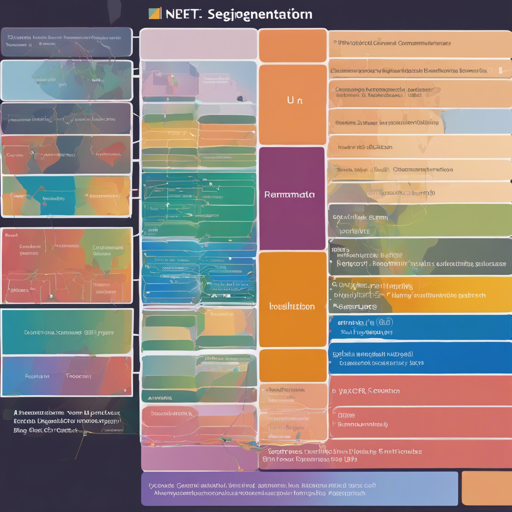Welcome to the exciting world of semantic segmentation! In this blog post, we will explore how to implement the U-Net architecture for semantic segmentation using PyTorch. Whether you’re working with high-definition images for medical, automotive, or other applications, this guide is tailored for you.
What is U-Net?
The U-Net model is a convolutional neural network designed specifically for image segmentation tasks. Its architecture allows for precise localization combined with context capture, making it ideal for various applications like medical imaging, where accurate segmentation is crucial.
Quick Start
To get started using U-Net, you can follow the instructions outlined below:
Without Docker
- Install CUDA
- Install PyTorch 1.13 or later
- Install dependencies:
- Download the data and run training:
bash
pip install -r requirements.txt
bash
bash scripts/download_data.sh
python train.py --amp
With Docker
- Install Docker 19.03 or later:
- Install the NVIDIA container toolkit:
- Download and run the image:
- Download the data and run training:
bash
curl https://get.docker.com | sh
sudo systemctl --now enable docker
bash
distribution=$(. /etc/os-release;echo $ID$VERSION_ID)
curl -s -L https://nvidia.github.io/nvidia-docker/gpgkey | sudo apt-key add -
curl -s -L https://nvidia.github.io/nvidia-docker/$distribution/nvidia-docker.list | sudo tee /etc/apt/sources.list.d/nvidia-docker.list
sudo apt-get update
sudo apt-get install -y nvidia-docker2
sudo systemctl restart docker
bash
sudo docker run --rm --shm-size=8g --ulimit memlock=-1 --gpus all -it milesial/unet
bash
bash scripts/download_data.sh
python train.py --amp
Description
This customized implementation of U-Net was trained from scratch with 5k images from the Carvana Image Masking Challenge and achieved a Dice coefficient score of 0.988423 on over 100k test images. Its versatility allows for multiclass segmentation, portrait segmentation, and medical segmentation.
Usage
Docker
You can access a Docker image containing the code and its dependencies on DockerHub. Pull the container using:
bash
docker run -it --rm --shm-size=8g --ulimit memlock=-1 --gpus all milesial/unet
Training
To train the model, use the following command:
bash
python train.py -h
The command will provide numerous options, including:
- –epochs E: Set the number of epochs
- –batch-size B: Define the batch size
- –learning-rate LR: Adjust the learning rate
- –load LOAD: Load a pre-existing model
- –scale SCALE: Downscaling factor for images, where the default is 0.5
- –validation VAL: Specify validation data percentage (0-100)
Prediction
After training, you can test the output masks with:
bash
python predict.py -i image.jpg -o output.jpg
You can also visualize multiple images without saving them:
bash
python predict.py -i image1.jpg image2.jpg --viz --no-save
Understanding the Code: An Analogy
Think of training a U-Net model like preparing a dish. Each layer in the U-Net is similar to an ingredient that contributes to the final flavor. The encoder captures and enhances certain characteristics of the image (just like sautéing onions brings out sweetness), while the decoder rebuilds the image into a precise mask (akin to blending a sauce to reach just the right consistency). The process involves fine-tuning the cooking time (epochs) and ensuring you measure the right amounts (learning rate, batch size) for the best results. Just as a cook might taste their dish along the way (validation), a data scientist evaluates the model performance on held-out datasets, continually adjusting for perfection.
Troubleshooting
If you encounter issues during installation or execution, here are some potential solutions:
- Ensure that your CUDA and PyTorch versions are compatible.
- Check that your data structure matches the expected input as specified in the README.
- If using Docker, verify that Docker is running correctly and the image is successfully pulled.
- Consult the U-Net documentation for specific error messages and common practices.
For more insights, updates, or to collaborate on AI development projects, stay connected with fxis.ai.
Conclusion
At fxis.ai, we believe that such advancements are crucial for the future of AI, as they enable more comprehensive and effective solutions. Our team is continually exploring new methodologies to push the envelope in artificial intelligence, ensuring that our clients benefit from the latest technological innovations.

